Today our orchard walk takes us through a figurative journey, with fruit-filled, real-orchard images to accompany us along the way. PaRDeS is an acrostic—spelling the Hebrew word for orchard—which depicts a method of Jewish Biblical interpretation that presumes multiple layers of meaning to exist in the phrases and paragraphs, the expression and recounting of Scripture.
Touches of this truth are tucked in God’s Word in glimpses, offered by Moses:
The secret things belong to the Lord our God; but the things that are revealed belong to us and to our children for ever, that we may do all the words of this law.
Deuteronomy 29:29 RSV
and by Isaiah:
I will give you hidden treasures, riches stored in secret places, so that you may know that I am the Lord, the God of Israel, who summons you by name.
Isaiah 45:3 NIV
And most clearly revealed by Jesus, who explained not-obvious-at-first meanings to his disciples:
[After telling the Parable of the Sower, Luke 8:4-8]…[Jesus] said, “The knowledge of the secrets of the kingdom of God has been given to you, but to others I speak in parables…This is the meaning of the parable: The seed is the word of God. Those along the path are the ones who hear, and then the devil comes and takes away the word from their hearts, so that they may not believe and be saved. Those on the rocky ground are the ones who receive the word with joy when they hear it, but they have no root. They believe for a while, but in the time of testing they fall away…”
Luke 8:10, 11-13 NIV (see also Matthew 13:11, Mark 4:11)
Join me in digging in (pun intended!) to this type of teaching with selected Jewish scholars, and link to their websites for a closer look. Although if you have journeyed through God’s Word for Gardeners Bible and the Garden in Delight Blog, you will feel right at home in this method.
PaRDeS
The four level of interpretation are called: Parshat, Remez, D’rash & Sud. The first letter of each word P-R-D-S is taken, and vowels are added for pronunciation, giving the word PARDES (meaning “garden” or “orchard”).Each layer is deeper and more intense than the last, like the layers of an onion.
—from “The Rules of PARDES,” www.yashanet.com
Each of the four letters of Pardes (P, R, D, S) represents a level of meaning, from the most literal to the most esoteric.
The first layer is Peshat (פשט), meaning “simple.” This is the literal meaning of the verse.
The second layer is Remez (רמז), meaning “hint,” which focuses on the allegorical truths that the verse hints at.
The third layer is Drash (דרש) meaning “demand” and talks about God’s demands of us as human beings.
The fourth and final layer is Sod (סוד), meaning “secret.” This layer talks about the secret to life and happiness under God.
—from “Pardes,” Israel Institute of Biblical Studies, www.israelbiblicalstudies.com/
Understanding Scared Texts
There is a method used by the rabbis in understanding sacred texts. We can apply this method to understand all literature but it is particularly useful in discussing texts from the Bible. The method is called PARDES (פרדס). In Hebrew, PaRDeS is an orchard. An orchard often has many different kinds of fruit trees all living happily together. PaRDeS is a way to remember, an acrostic.
The peh (פ) stands for peshut (פשוט), which means simple. In other words, all texts may be interpreted in their simplest form. These encompass the “who, what, when, and where” questions. When reading a news story, the answers to these questions are written in the first paragraph. They are easy to ascertain and to report. This is what happened, and there is no interpretation given.
The reish (ר) stands for remez (רמצ), which means the hints or clues we find within the story. Here we may begin to think of why something has happened. Or, does this remind us of something else that has occured? We may not have any satisfactory answers, but we are reminded of something, and we begin to extrapolate as to what may happen, or what the author is trying to convey.
The dalet (ד) stands for drash (דרש), or the story about the story. Here we begin to interpret and learn lessons from the story. When I give book report assignments or papers for students to write, I often ask them what are the characters learned in a story, or what the lesson for life is. There may be many lessons. For example, we may interpret the lesson of the Three Little Pigs in many ways. One may be that it is important to have brothers who live nearby. Another, and perhaps the most standard interpretation, is that it is better to work and build something strong before playing. In other words, don’t build something in a shoddy way. Still another may be that there is always someone who wishes you harm, and we must have strong borders and boundaries so they cannot blow our house down. It has been said that the Torah has seventy facets and it all depends upon how we look at a story to interpret the meaning.
This brings us to the samech (ס), which stands for sod (סוד), meaning secret or hidden. In every story there is another meaning. This is the meaning the author wanted to convey, though he does so in a hidden or cryptic way. Yeshua said, “Let those who have ears, hear what I am saying.” Some think that he deliberately obscured some of his meanings so that those in power would miss them, and the common people would understand.
It is my personal conviction that we understand according to the light we have at the moment, as well as according to the need we have and the questions we ask.
—K.J. Kruger, excerpt from “The Opposite of What We Fear,” First Fruits of Zion, www.ffoz.org
A Gardener’s Point of View
We are blessed, even privileged, dear gardeners, because the mention of plants and horticultural practices “hint” to us easily, and we are quickly summoned through our curious, tactile, love for know-how nature to “R”—remez (רמצ)—before we even realize! Then lingering in the garden imagery brought to mind leaves us ripe and ready for more meaning to be “brought out into the open:”
…there is nothing hidden that will not be disclosed, and nothing concealed that will not be known or brought out in the open. Therefore consider carefully how you listen.”
Luke 8:17 NIV
Is it any surprise such a method of interpretation has been memorialized by a horticultural word? Let us consider the great advantage bestowed upon us as gardeners and garden-lovers, and be ready to cultivate and inspire the gardener’s point of view in newly-interested followers, and to our children.
My task is to bring out in the open and make plain what God, who created all this in the first place, has been doing in secret and behind the scenes all along.
Ephesians 3:8-9 The Message
Photo Credits:
©2008 Rory Golden Apples from Flickr Creative Commons Apple orchard outside Middletown, Virginia
©2015-2017 Shelley S. Cramm
Crab apples polka-dot trees at the Atlanta Botanical Garden
Oranges dangle from their trees in a private garden in Calistoga, California
Pomegranates brightening in color for fall harvest in Irving, Texas
Spring blooming almond orchard in Kern County, California
Jewish Scholar Selections:
Here are the complete references and links to the selections listed above (links are embedded above for easy flow of reading)
“The Rules of PARDES,” http://www.yashanet.com/studies/revstudy/pardes.htm
This interpretation in turn cites the work of James Trimm at www.nazarenespace.com/profile/JamesTrimm
“PARDES,” Israel Institute of Biblical Studies, https://lp.israelbiblicalstudies.com/lp_iibs_biblical_hebrew_walking_the_orchard-en.html?cid=52189&adgroupid=-1&utm_source=Email_Marketing&utm_medium=Walking_the_orchard_03_18&utm_campaign=BIB_EN_EML_Walking_the_orchard_2018-03-21_52189&stid=4831850&hash=f03dc513131971bb501d76b5d0e28a4b&_at=0.3.9655060,0.143438120.ze3e3azx3dwawaudsa&_atscid=3_2483_143438120_9655060_0_Tze3e3azx3dwawaudsa
“The Opposite of What We Fear”
By K.J. Kruger
First Fruits of Zion
1-800-775-4807
www.ffoz.org, https://ffoz.org/discover/purim/purim-blog.html
permission to repost granted 9-18-2018

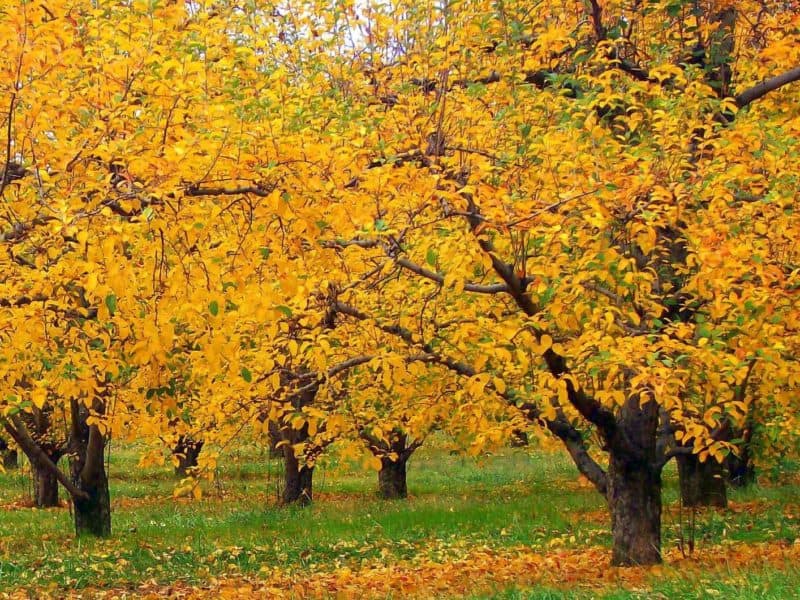




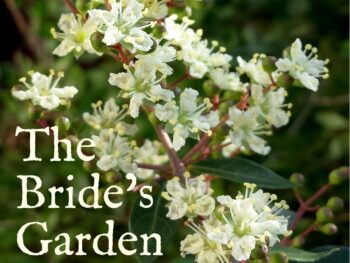
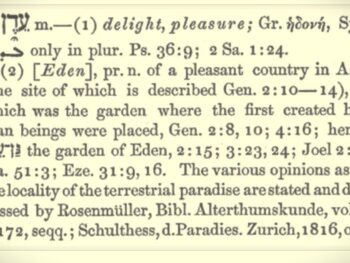
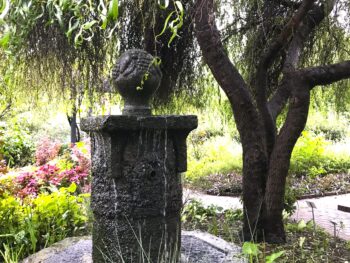
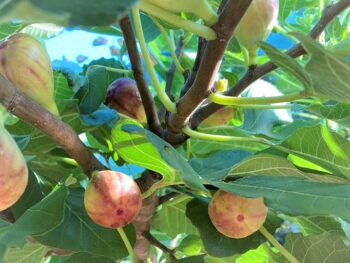
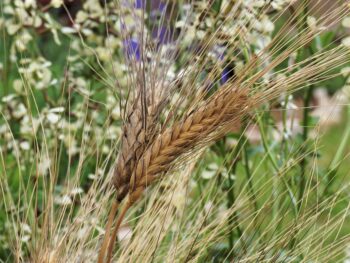
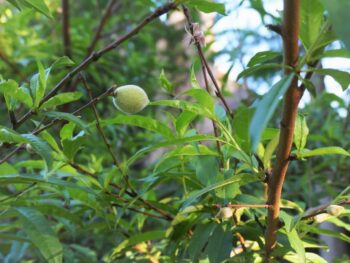
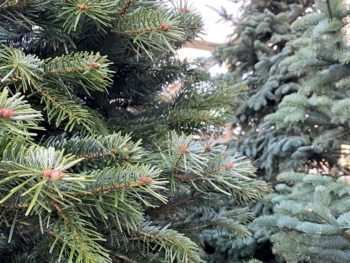
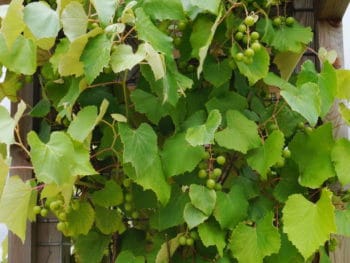
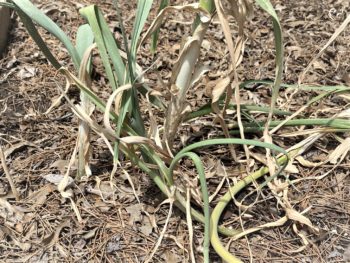
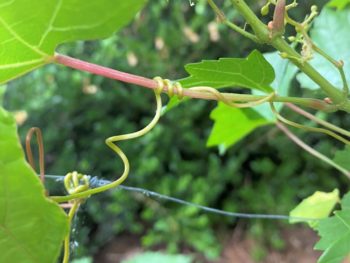
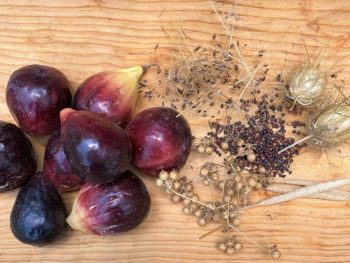
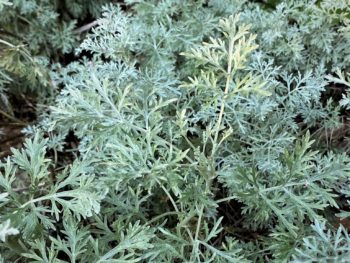
Fascinating method of reading & discerning scripture. Will give it a try😊